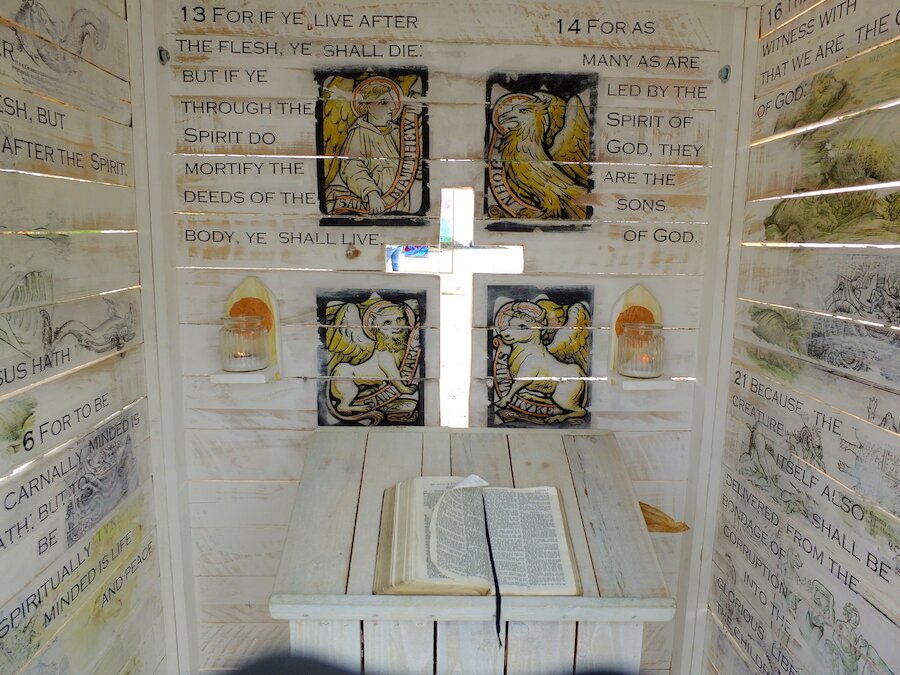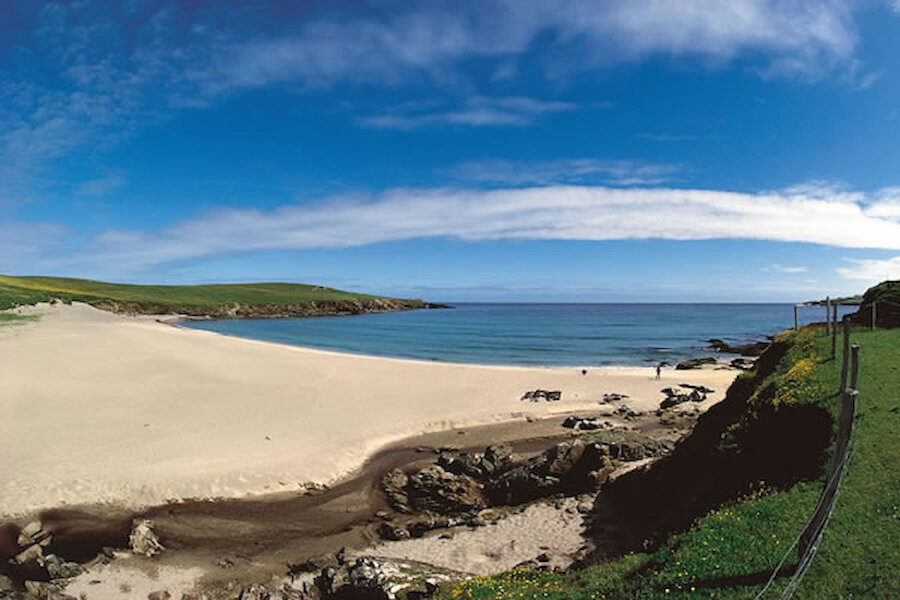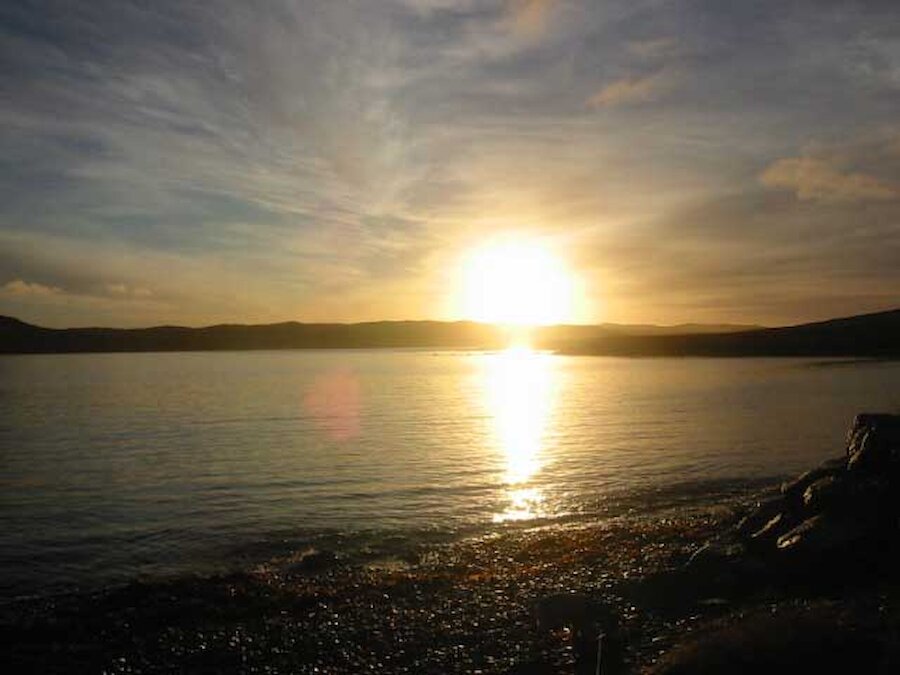We have the Northern Isles, often taken to refer to Orkney and Shetland. Then we have Shetland, which is obviously further north than Orkney. And on we progress, upwards, onwards and northwards, beyond 60 degrees, through Mainland, Shetland’s principal and biggest island (374 square miles, only surpassed in Scotland by Lewis and Harris combined, and Skye) until we come first to Yell, and then Unst, with Fetlar off to the east. The North Isles, as they’re called in Shetland.
And if northerliness is the key to Shetland’s soul, then Yell and Unst in particular are where you go to unlock that concept. Because there’s something about the travel towards, and ultimate arrival at Britain’s northernmost reaches that is deeply satisfying; enriching. To glimpse Muckle Flugga and the Out Stack is to know you have come to the end of Scotland, the end of the UK, and that beyond, out there, the globe curves, narrows towards the Arctic and the North Pole.
It’s a thrilling, elemental moment, to gaze out from Hermaness or from the upper slopes of Saxa Vord. It can mark the conclusion of a pilgrimage, much as the early pilgrims to Santiago continued on to the Galician coastline and threw their burdens, their accumulated luggage, symbolically into the sea from what was then seen in mainland Europe as The Edge of the World. And as such, somewhere for a new beginning. A fresh start. No matter what religious affiliation you have, if any.
Of course, today we know Shetland as ultima thule, The World’s Edge. The ultimate destination.



